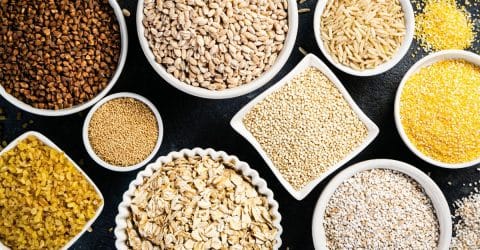Eating Plants to Address the Inflammatory State
…Middleton, Jr., Chithan Kandaswam, et al. The Effects of Plant Flavonoids on Mammalian Cells:Implications for Inflammation, Heart Disease, and Cancer. Pharmacological Reviews December 1, 2000 vol. 52 no. 4 673-751….










